Induction heating is a revolutionary technology that has transformed heating processes across industries. In this comprehensive guide, we'll delve into the efficiency of induction heating, the various types of induction heating, and the critical distinction between conductive and inductive heating methods.
Is Induction Heating More Efficient?
Induction heating is celebrated for its remarkable efficiency, and the reasons behind its effectiveness are manifold:
Non-Contact Heating: Unlike traditional methods such as conduction, induction heating does not rely on direct contact between the heating source and the material being heated. This eliminates the risk of contamination and reduces wear and tear on the heating equipment.
Precise Temperature Control: Induction heating allows for precise and consistent temperature control. It can quickly and accurately reach the desired temperature, reducing energy waste and minimizing the risk of overheating, which is common in some conduction-based methods.
Rapid Heating: Induction heating is known for its speed. It can heat materials rapidly, reducing processing times and increasing overall productivity.
Energy Efficiency: Because induction heating is a highly controlled process, it minimizes heat loss and maximizes energy efficiency. This is particularly important in applications where energy consumption is a critical consideration.
Uniform Heating: The induction heating process provides uniform and consistent heating throughout the material. This results in high-quality and repeatable outcomes, which is crucial in various industrial processes.
Versatility: Induction heating can be tailored to suit a wide range of materials and applications, making it a versatile choice for diverse industries.

What Are Types of Induction Heating?
There are various types of induction heating methods, each designed to suit specific applications:
Induction Furnace: Used primarily in foundries and metallurgical industries, induction furnaces are employed for melting and casting metals. They offer efficient and controlled heating for metal processing.
Induction Brazing and Soldering: This type is commonly used for joining metal parts by selectively heating the filler material to its melting point without melting the base metals. It is a popular method in industries like automotive and aerospace.
Induction Hardening: Induction hardening selectively hardens specific areas of a metal component while leaving the core unaffected. It enhances the wear resistance of critical surfaces, such as gears and camshafts.
Induction Annealing: Annealing is a heat treatment process used to soften metals and relieve stress. Induction annealing is applied to improve the machinability and reduce brittleness of metals.

Conductive vs. Inductive Heating
Conductive heating and inductive heating are two fundamentally different methods of generating heat. The key distinction lies in how they transfer heat to materials:
Conductive Heating
This method relies on direct contact between a heat source and the material. The heat is transferred through physical contact. It is often less efficient than induction heating due to potential heat loss through the contact surface.
Inductive Heating
Induction heating, as previously explained, generates heat within a material by creating electromagnetic fields. It is a non-contact method that allows for more precise control, faster heating, and minimal heat loss, making it more efficient for many applications.
| Characteristic | Conductive Heating | Inductive Heating |
| Heat Transfer Method | Direct contact between heat source and material | Electromagnetic fields induce heat within the material |
| Efficiency | Often less efficient due to potential heat loss through contact | More efficient, with minimal heat loss due to non-contact nature |
| Precision and Control | Limited precision and control over temperature | Precise and controlled heating with faster results |
| Applications | Common in some heating processes and cooking | Versatile, used in a wide range of industrial applications |
| Heat Source Contact | Direct contact with material required | No physical contact with the material |
Conclusion
In summary, induction heating stands out as an exceptionally efficient and versatile heating technology. It offers numerous advantages, including precise temperature control, energy efficiency, and rapid heating, which make it indispensable in a wide range of industries. Its various types cater to specific applications, from metal processing to annealing and soldering. When comparing induction heating to conductive heating, it becomes clear that the non-contact, controlled nature of induction heating often makes it the preferred choice for processes demanding efficiency and high-quality outcomes.

 en
en  cn
cn  jp
jp  ko
ko  de
de  es
es  it
it  ru
ru  pt
pt  th
th  vi
vi  pl
pl 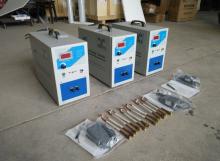
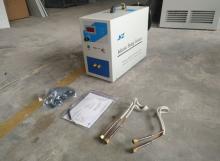
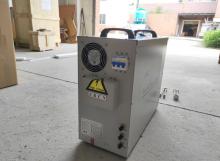
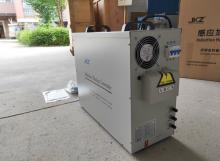
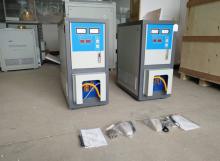
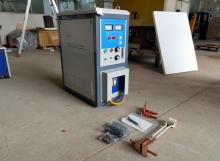
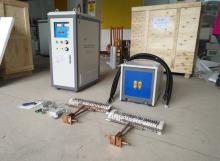
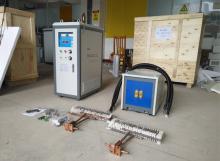
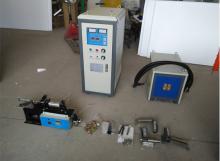
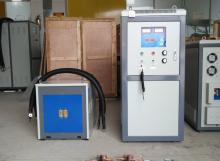
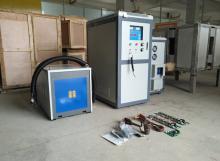
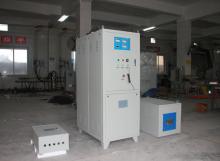
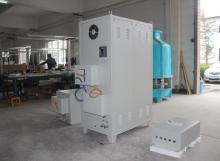
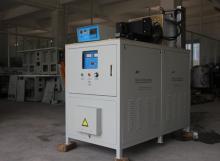
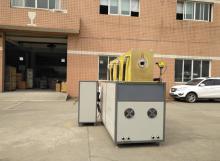
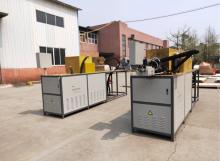
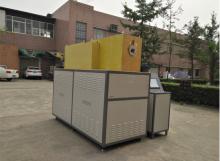
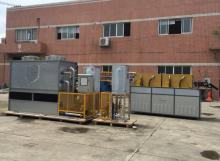
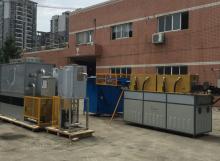
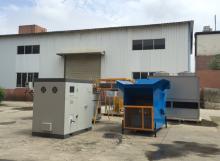
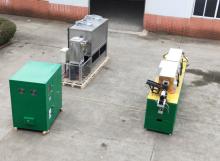
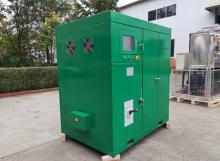
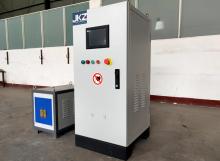
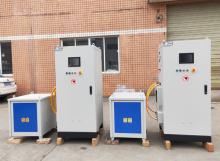
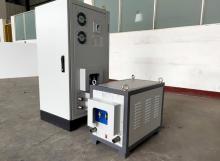

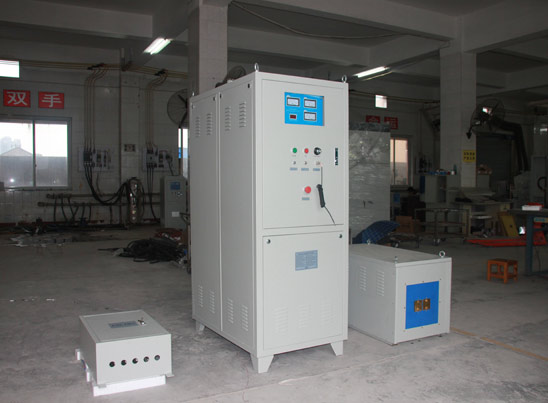
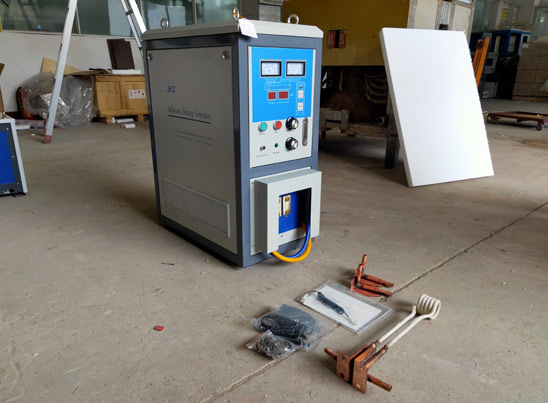
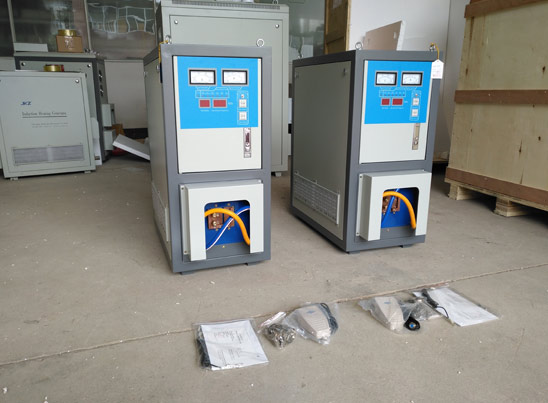

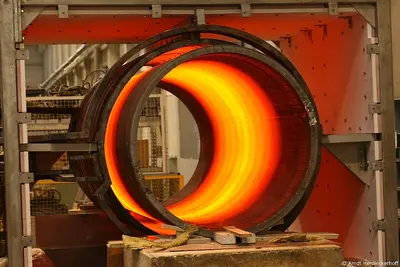
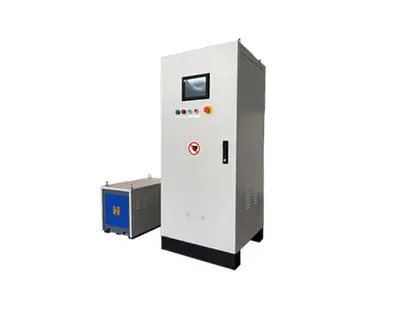



 Call us on:
Call us on:  Email Us:
Email Us:  NO. 688th South Baoguang Road, Xindu District, Chengdu City, Sichuan Province, China
NO. 688th South Baoguang Road, Xindu District, Chengdu City, Sichuan Province, China